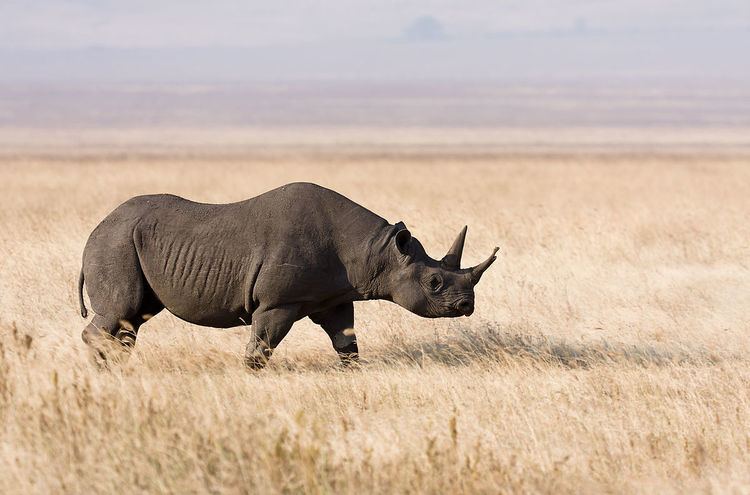Order Perissodactyla Genus Diceros Rank Subspecies | Phylum Chordata Family Rhinocerotidae Higher classification Black rhinoceros | |
 | ||
Similar Black rhinoceros, Rhinoceros, Southern black rhinoceros, Eastern black rhinoceros, South‑western black rhinoceros | ||
The south-central black rhinoceros (Diceros bicornis minor) is a subspecies of the black rhinoceros. Although it is the most numerous of the black rhino subspecies it is still listed as critically endangered by the IUCN red list. Like other Black Rhino subspecies it has a prehensile lip and lives in savanna habitat.
Contents
Range
It once ranged from western and southern Tanzania through Malawi, Zambia, Zimbabwe, and Mozambique to the northern and eastern parts of South Africa. It also probably occurred in southern Democratic Republic of the Congo, northern Angola, and eastern Botswana. Today its stronghold population is in northeastern South Africa, northeastern Tanzania, southeastern Kenya, a lesser extent of Zimbabwe, and smaller numbers remaining in Swaziland. The south-central black rhino was extinct in but has been reintroduced to Malawi, Botswana, and Zambia. Its status in Mozambique is uncertain; at least one specimen has been seen there since 2008.
Population and threats
The south-central black rhino population was at 9,090 in 1980 but due to a wave of illegal poaching for its horn their numbers decreased to 1,300 in 1995. In 2001 the population stood at 1,651. This has raised to about 2,200 in 2010, with 1,684 in South Africa, 431 in Zimbabwe and a few specimens in the other countries. Over the last 50 years they have experienced a 90% decline in numbers. At present the number is overall increasing, though decreasing regionally (Zimbabwe). Threats toward the subspecies is mainly illegal poaching. The amount of poaching has increased in recent years.
